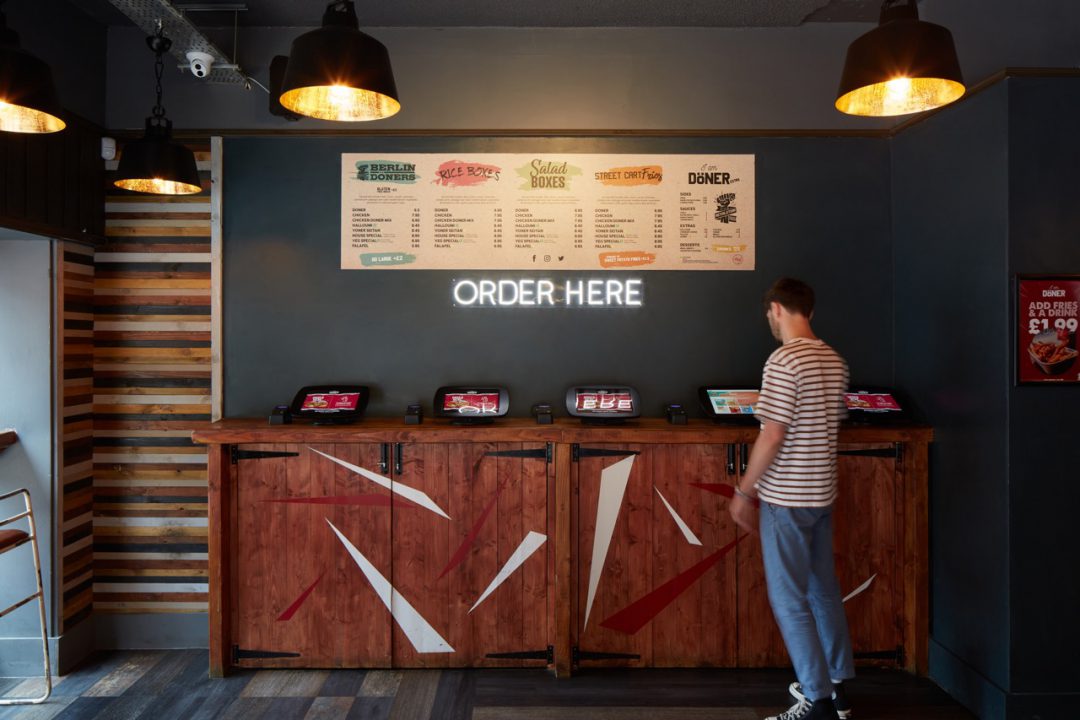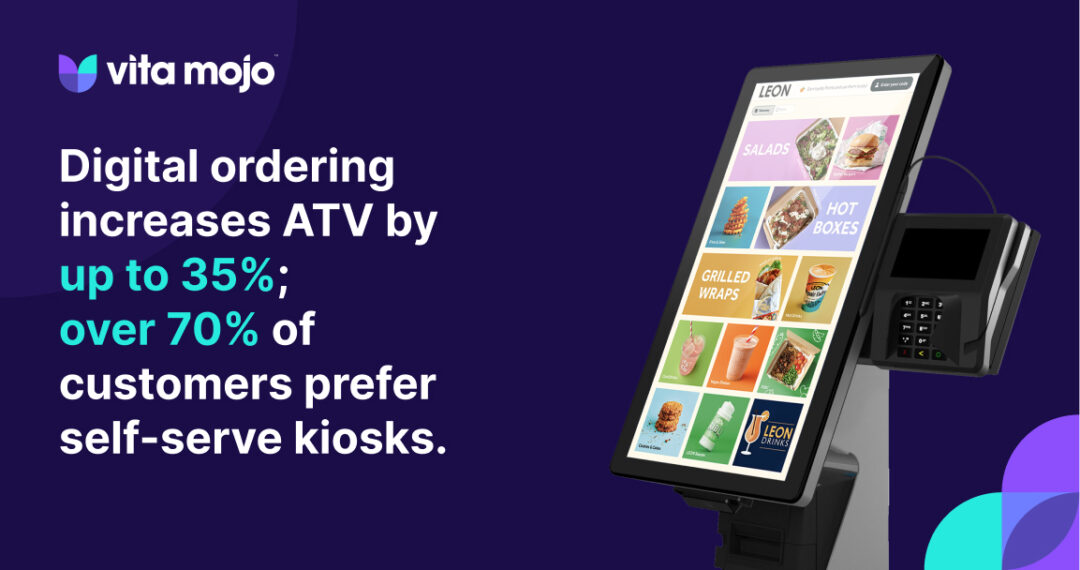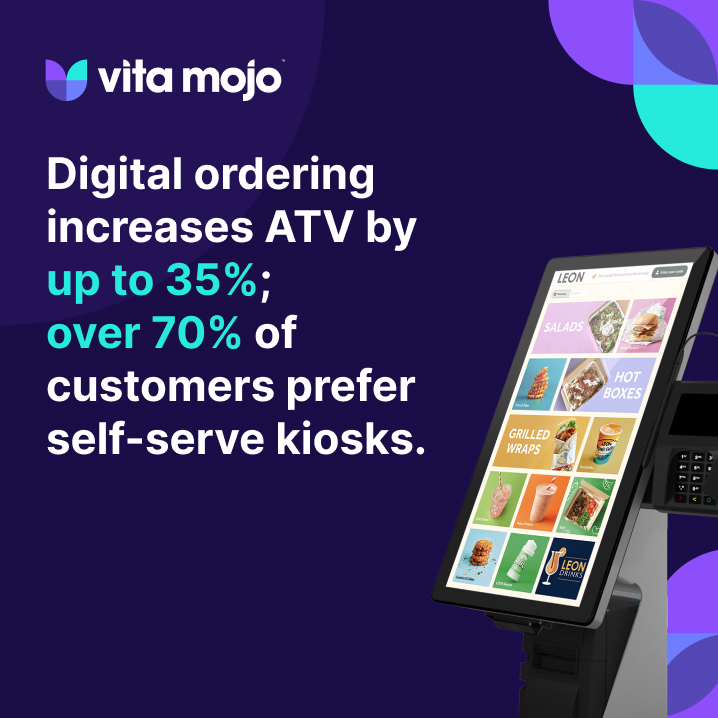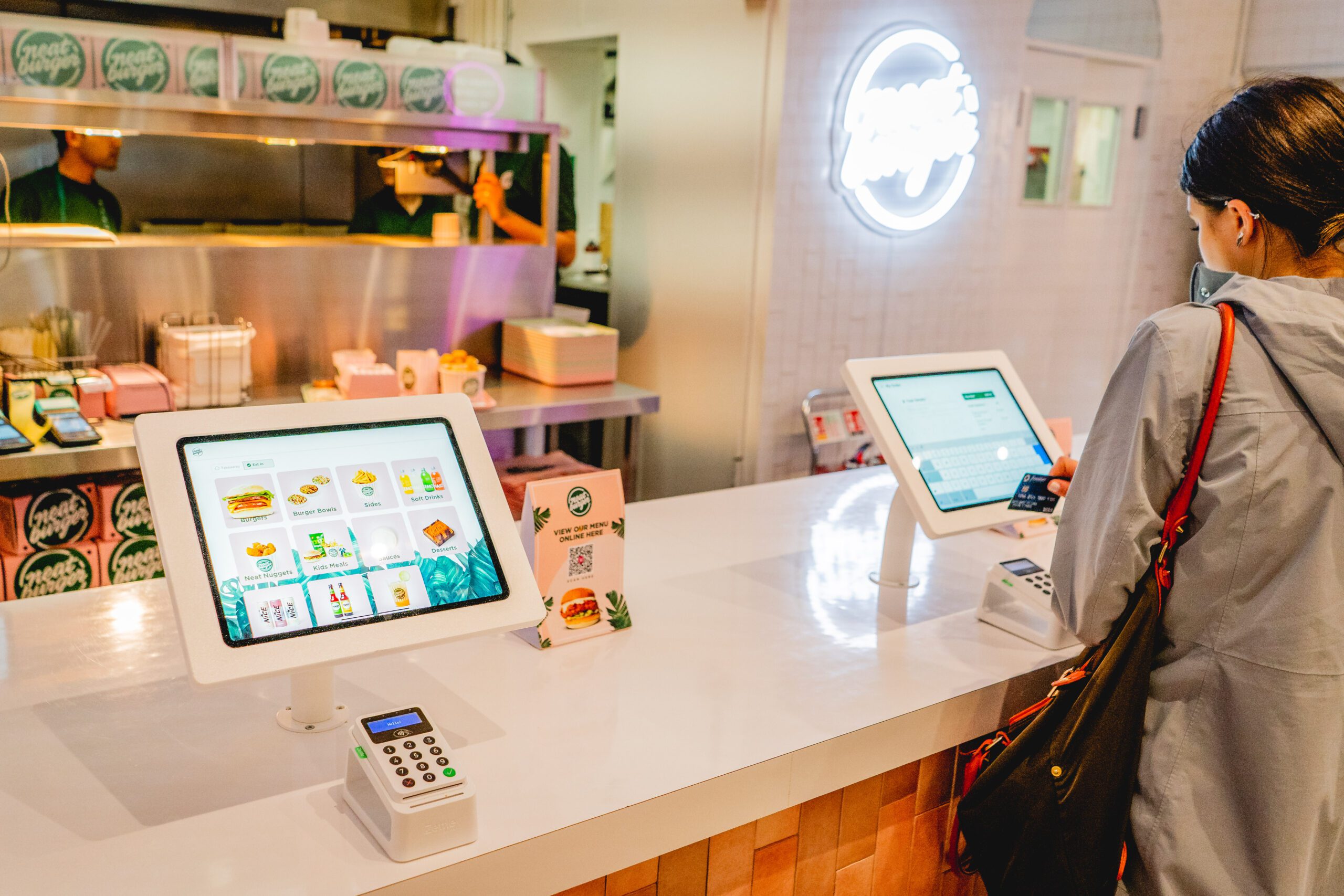Table of Contents
Sorry to start on a low note, but right now: the hospitality industry is in crisis.
Operators are facing a seemingly endless to-do list of difficult problems, whether it’s the cost of living crisis or labour shortages. “How can I keep sales steady when in-person footfall is falling? How can I keep my restaurant going with a shortage of staff? How can I operate more efficiently with increasing pressure?”
As ex-operators, we understand how tough it is to keep going – and we want to help. We can’t wave a magic wand (oh we wish!), but we have tried-and-tested solutions for some of your complex problems that will help ease the burden.
In this article, we’re going to outline actions you can take – underpinned by real-life examples – that will help you navigate the turbulent months ahead.
Sorry to start on a low note, but right now: the hospitality industry is in crisis.
Operators are facing a seemingly endless to-do list of difficult problems, whether it’s the cost of living crisis or labour shortages. “How can I keep sales steady when in-person footfall is falling? How can I keep my restaurant going with a shortage of staff? How can I operate more efficiently with increasing pressure?”
As ex-operators, we understand how tough it is to keep going – and we want to help. We can’t wave a magic wand (oh we wish!), but we have tried-and-tested solutions for some of your complex problems that will help ease the burden.
In this article, we’re going to outline actions you can take – underpinned by real-life examples – that will help you navigate the turbulent months ahead.
Difficult times demand bold action
In their 2019 study, McKinsey analysed the behaviour of 1,000 publicly-listed companies during a recession and found that about 10% of these companies fared materially better than the rest. The resilient ones continued moving ahead, opting to focus on growth (even if it meant incurring short-term costs). That way they could “ride the waves of uncertainty instead of being overpowered by them”.
So whilst we’ve already established things are tough, there’s a message of optimism too. You can’t control external forces like an economic downturn and outrageous energy bills, but you can embrace change, reassess your internal forces and use tech to solve some of your biggest and most urgent challenges.

I Am Doner kiosks, powered by Vita Mojo
Before we get into some tips, it’s worth saying that we understand how difficult it is to take the plunge and opt for change during times of uncertainty.
It can feel easier to stick with what you know, safer to keep doing what you’re already doing, and more sensible to wait for more stability before shifting gears.
But as our Commercial Director Nick Liddle said at the MCA Restaurant Conference 2022: “It’s easy – and tempting – for operators to feel overwhelmed and opt for the wait-and-see approach. But embracing change now, rather than battening down the hatches, will make a material difference to how your business performs now and in the future.”
It’s easy - and tempting - for operators to feel overwhelmed and opt for the wait-and-see approach. But embracing change now, rather than battening down the hatches, will make a material difference to how your business performs now and in the future.
Nick Liddle Tweet
How to make change that matters
1. Unlock new revenue channels
The cost of living crisis has a tight grip on hospitality. Customers have also been hit hard, and are inevitably analysing their eating habits, being more selective about how often they eat out and spending less when they do.
You need to make every transaction count.
Introducing digital ordering solutions like self-ordering kiosks and mobile apps provide a simple way to increase both throughput and ATV (with the added bonus of reducing reliance on staff). These channels should use smart upsells, add-ons and meal deal recommendations, utilising data to sell better than a human at the till ever could.
We’ve seen ATV increase by up to 35% for brands that embrace digital ordering, and customers love it; over 70% of customers say they prefer ordering on self-serve kiosks in QSRs.


2. Make life easier for the staff you have
Almost 35% of businesses are dealing with a skilled labour shortage, making it hard to deliver the perfect experience your customers want. Because of this, the daily pressure on your existing labour force right now is unreal, which doesn’t exactly empower retention.
Automate the mundane jobs that take staff away from tasks that drive retention and loyalty.
- Self-order and payment channels stop staff being anchored to the till.
- Integrating delivery partners into your system replaces repetitive manual order inputs that lead to human error.
- Utilising a Kitchen Management System (KMS) with smart kitchen zones takes the management out of the back of house operations.
Gourmet kebab chain I am Doner introduced self-order kiosks and integrated Just Eat into their POS, which, according to Operations Director Bridie Fox, “freed up labour to the extent that it’s like having one additional employee.”
3. Fill in labour gaps with tech
Along with the difficulties of actually finding staff to hire, the cost of labour is cripplingly high within hospitality.
Instead of waiting to find new staff (and the money to hire them), use digital to create a more efficient, lean operation that will serve you not just in the current crisis, but will help you transform operations for the future.
See how LEON has transformed their operations with tech below:
Digital channels enable you to take more orders without increasing labour costs. Time saved by digital ordering channels allow you to redeploy front of house staff to help with back of house operations. Make sure those ordering channels, Point of Sale and KMS all integrate for automated order flow. Staff can then prepare meals faster, and deliver that all important customer experience.
4. Maximise profitability through menu engineering
Optimising your menu is a simple but powerful way to boost the bottom line.
With the right digital ordering channels, you can put the dishes with the highest profit margin front and centre on the menu – giving you flexibility that just isn’t possible with paper menus.
Upsells, basket recommendations and meal deal bundles can all subconsciously encourage customers to purchase the dishes that most benefit you. After introducing new meal deal and upsell functionality, I am Doner increased sales of two dishes from 3-40% in just one month!
Analysing your menu is also a clever way to reduce food waste, which costs the hospitality industry up to £682m a year. Don’t overlook how much difference you can make to your bottom line when you take actions that focus on reducing waste.
Digital menus – which you can change easily and as often as needed – can be a vital tool when tackling inflation, waste and unpredictable costs in the supply chain. Introduce new dishes that use cost effective ingredients as the market changes, without the logistics of having to change physical menus. Harness the power of digital to easily understand what customers are buying, and quickly adapt your menu to ensure you’re not wasting budget on product that ultimately won’t be used.
You can also mask a reduced menu by increasing customisation options in digital channels, putting the customer in control of adding the more expensive ingredients when ordering instead of being included in every dish by default.
Your future, your control
We’ve given you some tips and tools to invest in the future of your brand – now it’s over to you.
- Don’t wait for the storm to pass and hope for the best – chase change and innovation that will help you now, and set you up to thrive long term.
- Maximise revenue by introducing digital ordering channels that increase ATV.
- Automate the mundane and make life easier for the staff you have.
- Fill in the gaps caused by the labour shortage with tech solutions.
- Boost the bottom line and reduce food waste through menu engineering.

Speak to a member of the team
Talk to the Vita Mojo team today and see how our technology can elevate your brand, drive sales performance and increase efficiency across your business. Just leave a few details and we’ll get back to you as soon as possible.

